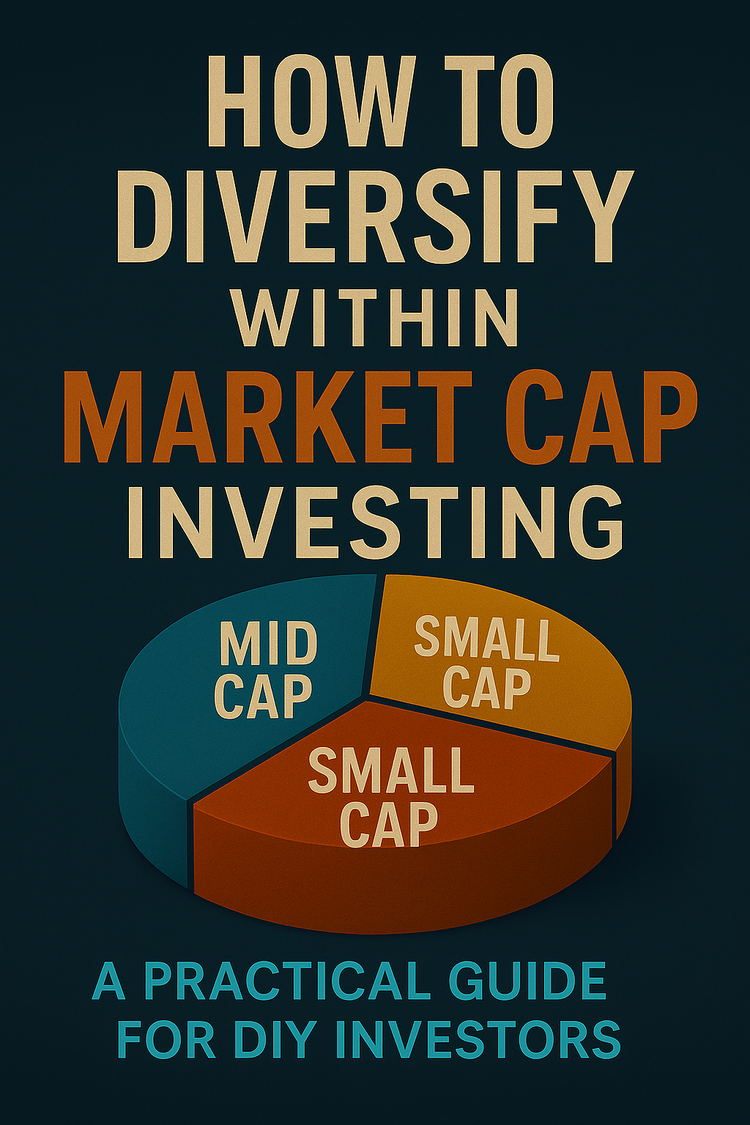How to Assess the Environmental Impact of Stocks for ESG Investing

How to Assess the Environmental Impact of Stocks for ESG Investing
You want your money to make a difference, not just a profit. But how do you spot companies that are actually green versus those peddling eco-friendly lies? Assessing a stock’s environmental impact isn’t about chasing buzzwords—it’s about digging into hard data and cutting through the greenwashing. Here’s how DIY investors can do it right.
What You’re Really Measuring
Environmental impact isn’t one-size-fits-all. A tech firm’s footprint differs from an oil giant’s. Focus on what matters: carbon emissions, energy sources, water use, waste management, and supply chain practices. Decide which metrics align with your values—carbon neutrality might be your thing, or maybe it’s water conservation. Pick your fight, then dig in.
Where to Find the Truth
Data’s out there if you know where to look. Start with a company’s SEC filings—10-Ks often spill the beans on environmental risks and emissions under “Risk Factors” or “Sustainability” sections (Source: SEC). Most firms also drop annual sustainability reports detailing emissions, energy, and waste. Third-party ratings like MSCI or Sustainalytics give a quick benchmark, though they’re not gospel. For U.S. companies, the EPA’s greenhouse gas database or CDP disclosures provide raw numbers. No PhD required—just a browser and some skepticism.
Spotting Greenwashing
Companies love “green” PR, but vague promises are red flags. A firm boasting “net-zero by 2050” without short-term goals or audited data is likely stalling. Check if they report Scope 3 emissions—supply chain and product use, often 70% of their footprint. If they dodge this, they’re hiding. Verified data and third-party audits separate the real from the fluff.
Key Metrics That Cut Through
Forget generic ESG scores. Focus on numbers that reveal efficiency and commitment:
- Carbon intensity (tons CO2 per $M revenue)—shows how lean they are.
- Renewable energy share of total use—tracks their shift from fossil fuels.
- Waste diversion rate—recycling versus landfill.
- Water withdrawal per output—vital in water-scarce regions.
No data or weak numbers? Walk away. In 2023, 30% of S&P 500 firms didn’t fully disclose emissions (Source: CDP).
Context Is Everything
A utility with high emissions but aggressive coal plant shutdowns can outshine a low-emission bank quietly funding oil pipelines. Compare companies to their industry peers—use MSCI or Bloomberg data for benchmarks. Check management’s transparency and if they’re braced for environmental regulations. A coal-heavy utility faces bigger risks than a solar-focused one.
Real-World Example
Take two energy firms. Company A’s sustainability report shows a 15% drop in carbon intensity since 2022, a 2030 goal of 50% emissions cuts, and third-party audits. Company B says it’s “committed to sustainability” but skips emissions data and targets. Guess which one’s serious? A’s your pick.
Blunt Takeaways
Scrutinize specific metrics, not just ESG ratings. Lean on SEC filings and sustainability reports for hard data. Demand verified progress to avoid greenwashing traps. Compare within industries for clarity. Blend environmental checks with financial analysis—ESG isn’t charity, it’s risk management.
Start today: Pick a stock. Pull its 10-K and sustainability report. Look for carbon emissions, renewable energy use, and waste stats. Clear, audited data? Good sign. Vague promises? Pass.
The planet’s a mess—don’t let your portfolio be too. Invest with eyes open.
Subscribe for no-BS investing insights: Subscribe here
Disclaimer: Not financial advice. Do your own research or consult an advisor.






Member discussion